Training. Drivers don’t get enough training.
I don’t even need too many statistics or very much data to prove this, just to point out a few crucial things you can consider—and a few more things to make yourself safer while driving, cycling, or walking. I won’t get into who or what is “at fault” for the situation on the world’s roads—because we’d be here a while.
Making roads safer won’t come down to enacting one set of laws, lowering speed limits, or to reimagine transportation around autonomous pods—it’s up to our collective will to change things. We’ve got to want it, bad.
Where do things stand now? You should know that lower-income nations top annual road-related injuries and death statistics1, teenagers from wealthier families are much more likely to go to driver training, and that public roads in wealthier nations continue to get safer…for people who happen to be inside the newest cars, trucks, and SUVs at the time of a crash.
“Safer” is relative: worldwide, there are more than a million deaths directly attributed to car crashes each year.
I obviously don’t have all the answers, but in my experience in and around cars, I feel much safer in the presence of an educated, professional driver than someone who hasn’t had the time, money, or desire to develop their skills.
To me, this is insane because what makes roads (and drivers) safer is as immutable a set of skills as to effectively conduct an orchestra or to swing a baseball bat. Yet we pretend that driving well is a personal responsibility. It’s not—driving well is a social one.
A small example. Here in Canada, many parents will religiously spend hours on the road ferrying kids to and from youth sports competitions like “travel hockey”—with each having dedicated coaches, calendar of practice games, and a skills-based progression that each player understands will take them years to master.
Teaching driving skills to the same kids, however, is often reduced to basic classroom sessions and a few simple driving tests alongside an evaluator once they turn 16.
Thank you for reading may I drive your car! This post is public so feel free to share it.
It’s sad because no matter where you live or drive, the curriculum for Driving 101 hasn’t changed in more than 100 years: know what the vehicle is capable of, operate the controls smoothly, look as far ahead as possible, focus on driving—and don’t hit anything.
Each of those can be broken down further.
Know what the vehicle is capable of: understand basic mechanical functions, know the vehicle’s driving range, know how to put air in tires and how to check fluids, and how to listen for strange sounds.
Operate the controls smoothly: sit with proper driving posture (hands at 9 & 3), set mirrors correctly, accelerate and brake gradually, and so on.
Look as far ahead as possible: leave plenty of space to the vehicle ahead, keep eyes up and scanning the road, drive according to the weather conditions.
Focus on driving: anticipate other drivers’ actions and be ready to avoid them, remove distractions from reach, prepare yourself to pay attention on every drive, practice emergency maneuvers (incl. hard braking and acceleration) whenever safe so you’ll know how to handle the vehicle.
Don’t hit anything: Seriously. The loss of life and injuries from road accidents—and our failure to act more decisively to prevent them—is a stain on humanity.
I think often about one quip that Andrew Younghusband, the host of Canada’s Worst Driver, had for a contestant—paraphrasing:
“If you can hear that you hit something, why didn’t you stop back there?”
The driver, apparently forgetting how they’d gotten into the reality show in the first place, couldn’t understand the significance of the question—they’d become desensitized to hitting things because it had never affected them. The vehicle was their suit of armor.
Note: the volume is a bit low on the above clip
While the individual challenges on Canada’s Worst Driver2 are sometimes goofy, the results aren’t: experts spend time a large amount of screen time on education, training bad drivers to be less terrible…for both our entertainment and collective safety.
When I say that education is key, I mean it. Nothing else seems to work.
However, it’s not realistic to put the world’s motorists through a 10 episode TV show, give everyone racing-level theory lessons, or to convince every country to pass tougher driver’s education requirements for its drivers.
What would help now—with zero government oversight needed—is for car-obsessed enthusiasts to start positive, inclusive discussions around driving.
Set personal challenges for yourself to keep acquiring new skills. Learn how to drop subtle, useful driving hints for family and friends. Offer constructive feedback for driving witnessed on social media. Drive defensively and don’t immediately react with rage when you see someone doing something stupid—despite being in a car, maybe they simply “don’t know how to drive”.
I obviously don’t have all the answers, but in my experience in and around cars, I feel much safer in the presence of an educated, professional driver than someone who hasn’t had the time, money, or desire to develop their skills.
Until we take responsibility for personal transportation contributing to these outsized problems, we’ll be forever scraping lost human potential from the tarmac.
Note: This article was illustrated using clips from Canada’s Worst Driver, as well as from the Netflix comedy series, I Think You Should Leave. These driving-related skits are some of my favourites from the show. :D
World Health Organization: Road Traffic Injury statistics (2022): https://www.who.int/news-room/fact-sheets/detail/road-traffic-injuries ↩
Canada’s Worst Driver (Wikipedia): https://en.wikipedia.org/wiki/Canada%27s_Worst_Driver ↩



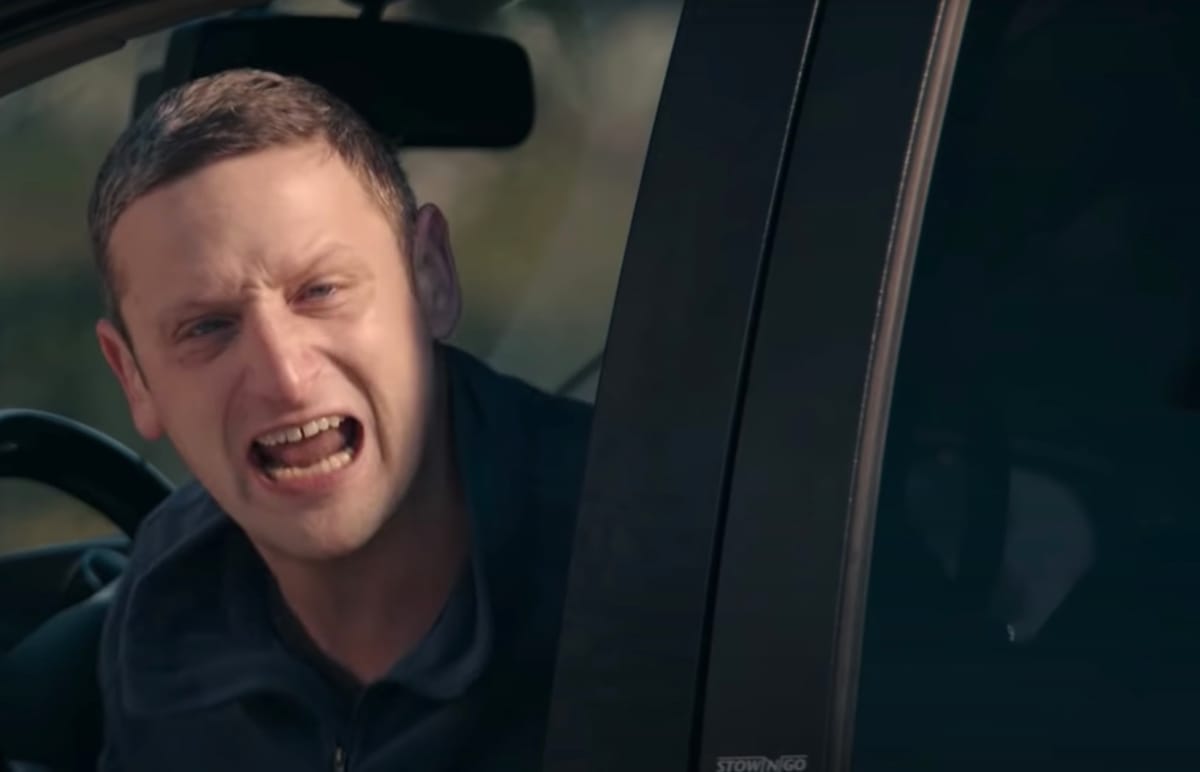

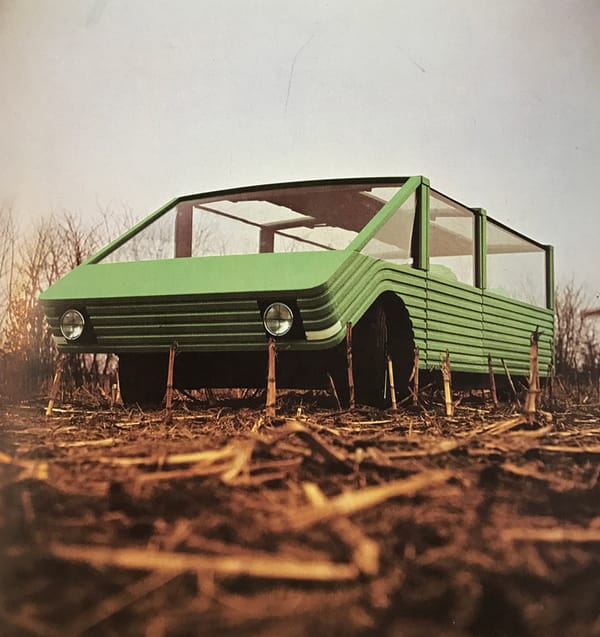
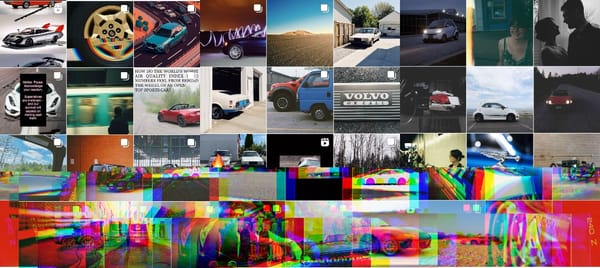
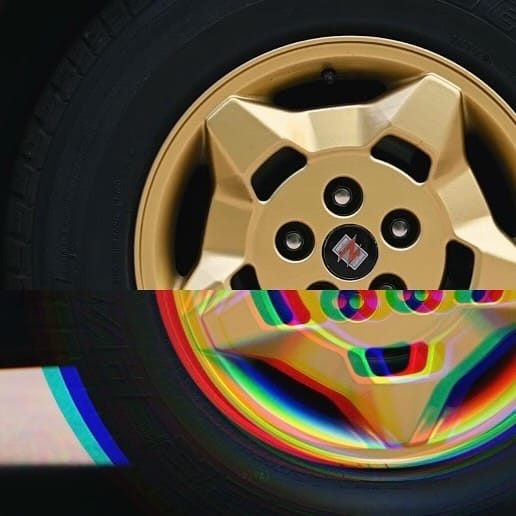
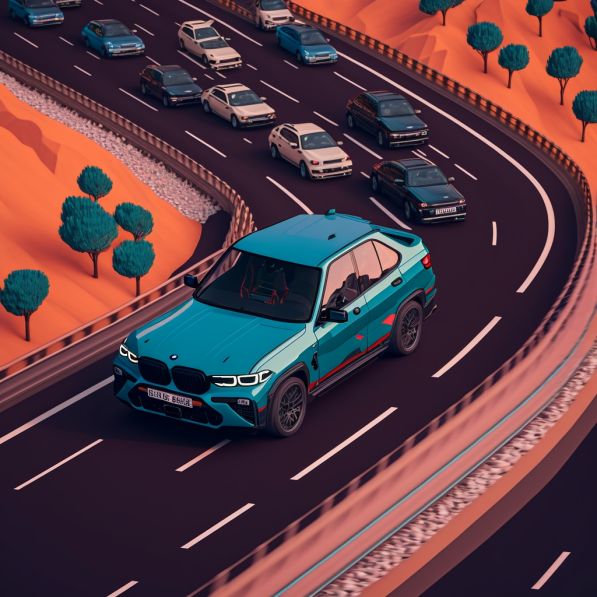

Member discussion